Eurozone PMI Services was finalized at 54.6 in October, down from September’s 56.4. PMI Composite was finalized at 54.2, down from September’s 56.2. Looking at some member states, Ireland PMI composite rose to 2-month high at 62.5. Spain dropped to 6-month low at 56.2. France dropped to 6-month low at 54.7. Italy dropped to 6-month low at 54.2. Germany dropped to 8-month low at 52.0.
Chris Williamson, Chief Business Economist at IHS Markit said:
“Eurozone growth has slowed sharply at the start of the fourth quarter, with manufacturing hamstrung by supply constraints and services losing momentum as the rebound from lockdowns fades.
“Despite the slowdown, the rate of expansion remains consistent with quarterly GDP growth of 0.5%, but there’s a worrying lack of clarity on the direction of travel in coming months.
“With supply shortages getting worse rather than better in October, manufacturing growth is likely to remain subdued for some time to come. That would leave the economy reliant on the service sector to drive growth, and there are already signs that rising virus case numbers are dampening activity in many service sector businesses, notably – but by no means exclusively – in Germany.
“Ongoing supply shortages meanwhile suggest that high price pressures will persist into next year, but as yet there are no signs of persistent strong wage growth, which would be the bigger concern for the longer-term inflation outlook.”
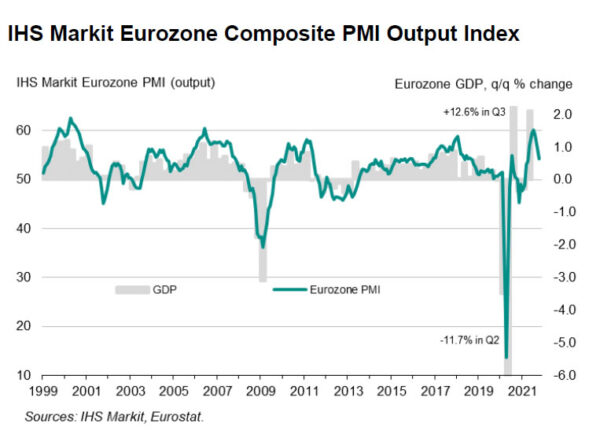

Full release here.




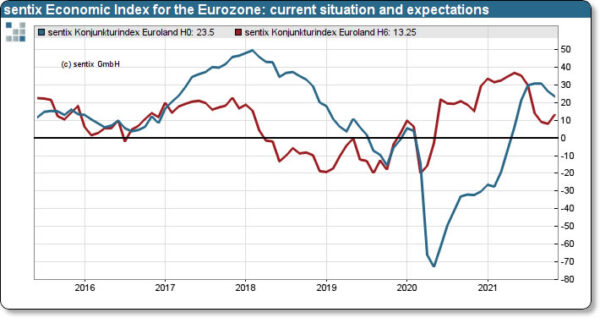
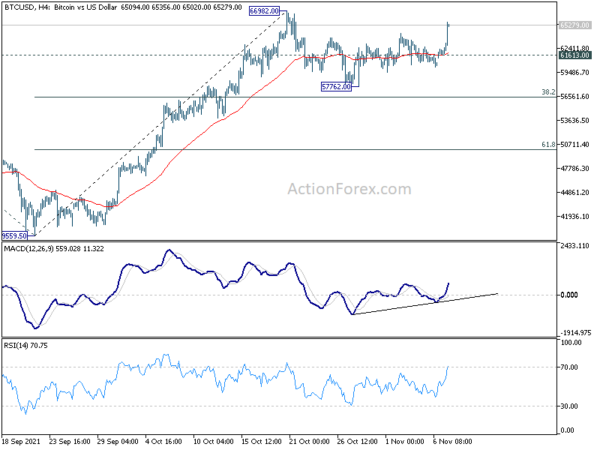
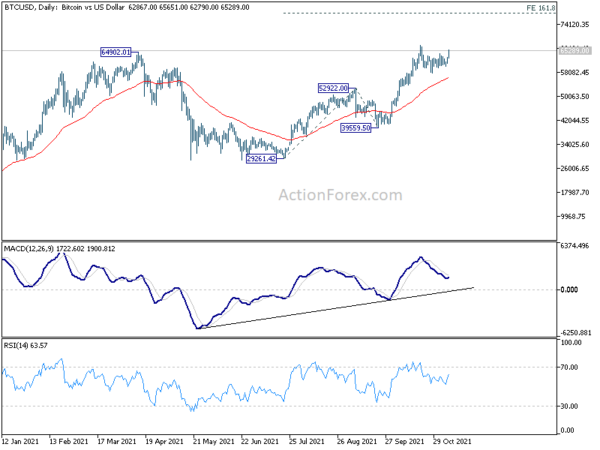
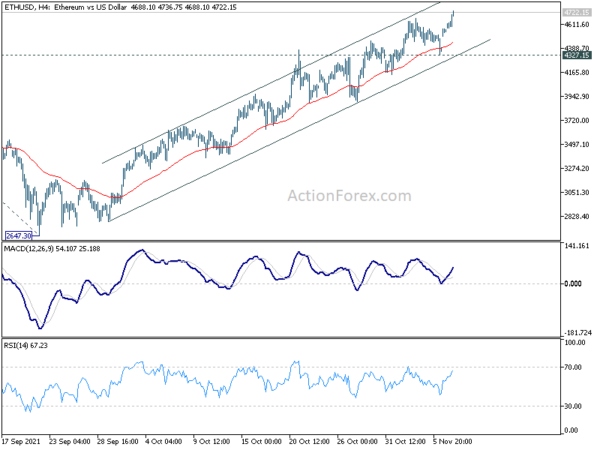
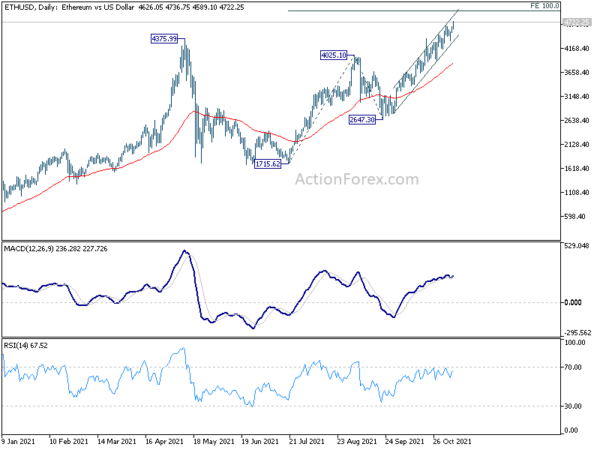
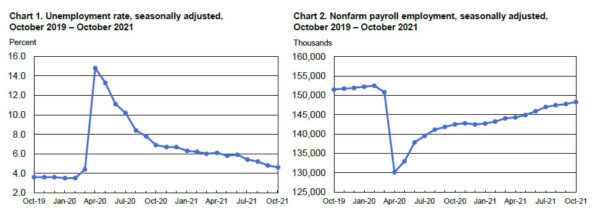
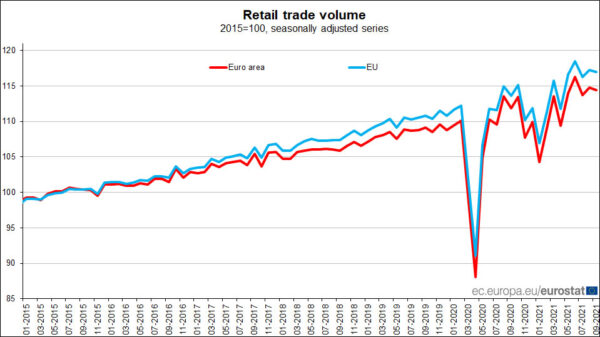
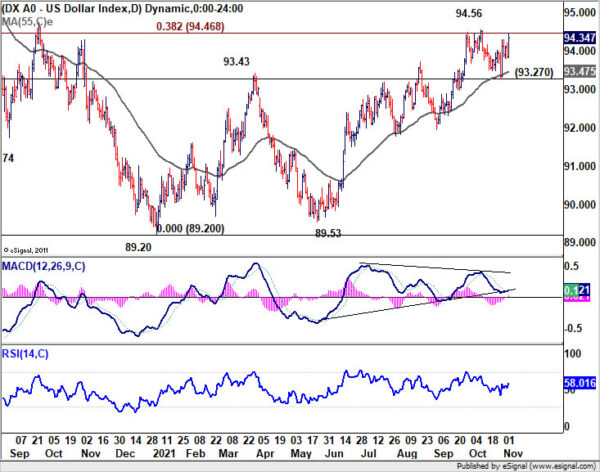
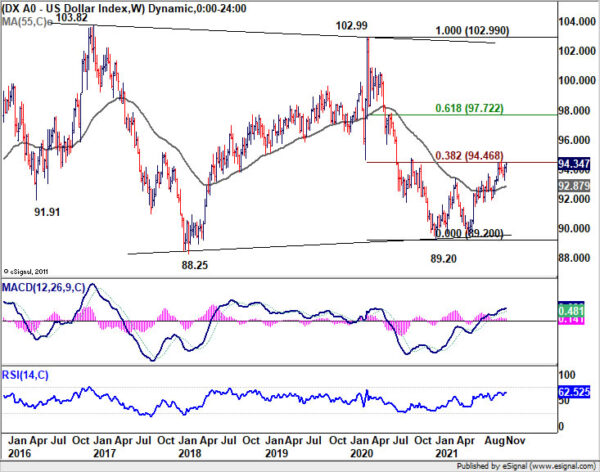
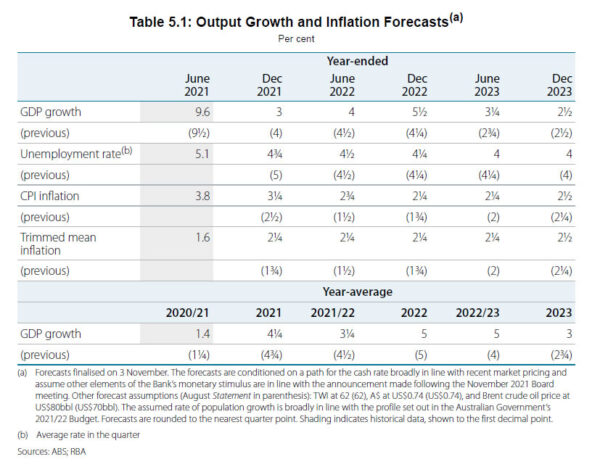
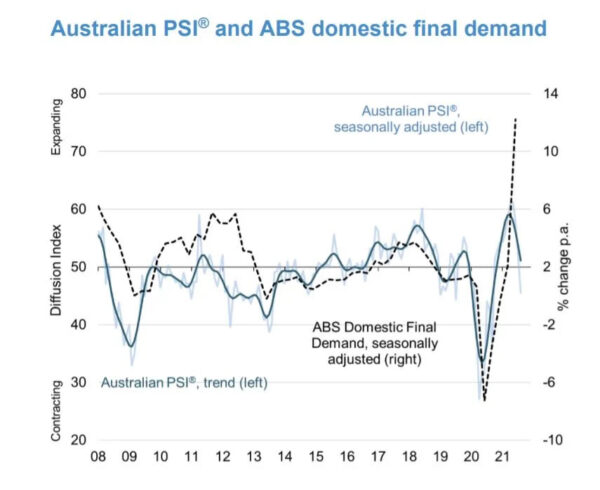
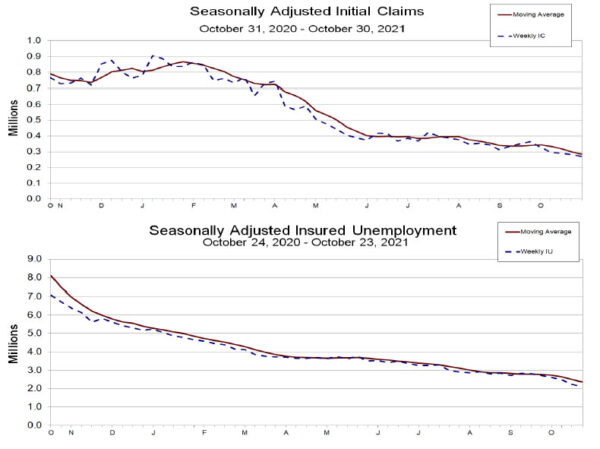
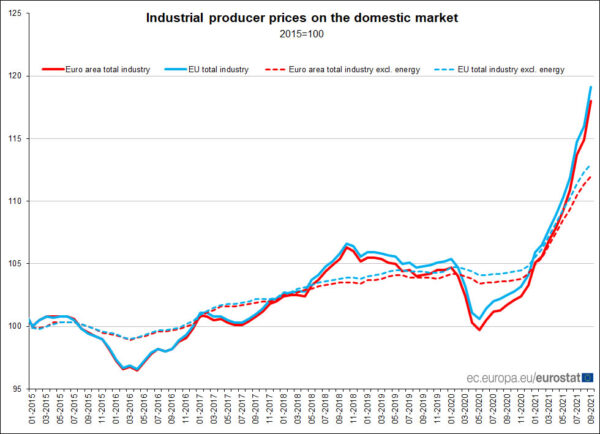
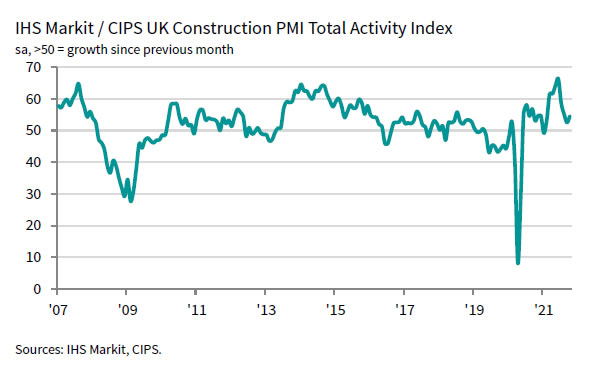


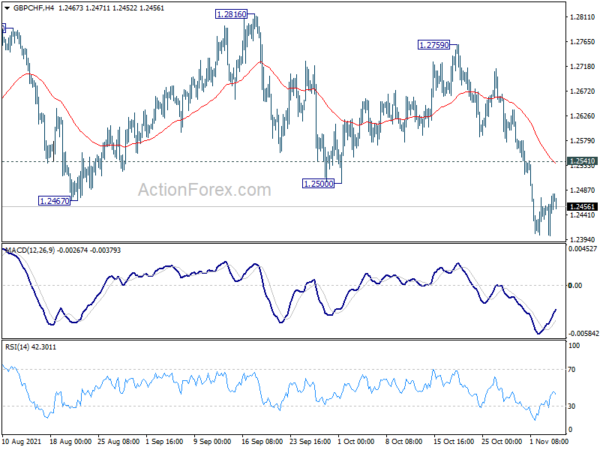
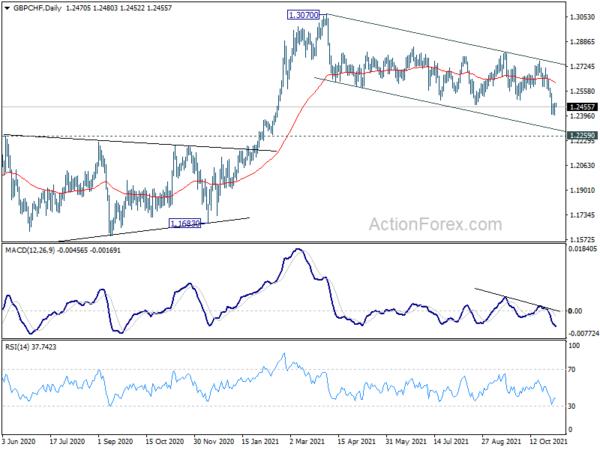

Fed Harker: No rate hike before tapering is complete
Philadelphia Fed President Patrick Harker said yesterday “I don’t expect that the federal funds rate will rise before the tapering is complete.” But he added, “we are monitoring inflation very closely and are prepared to take action, should circumstances warrant it.”
Harker expected the economy to grow by around 5.5% this year and 4% next, provided that there is no further wave of COVID-19 infections. Then growth was slow to 2-3% in 2023.